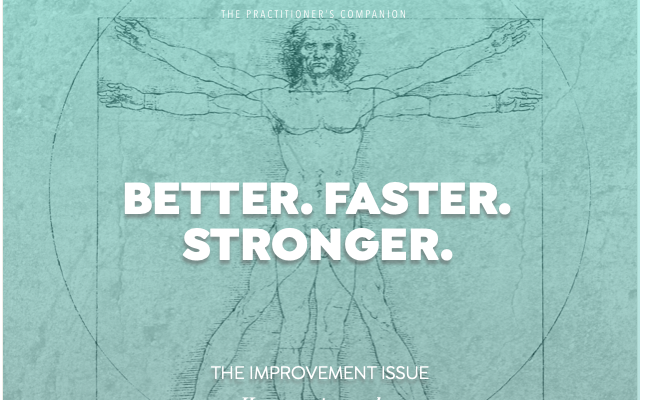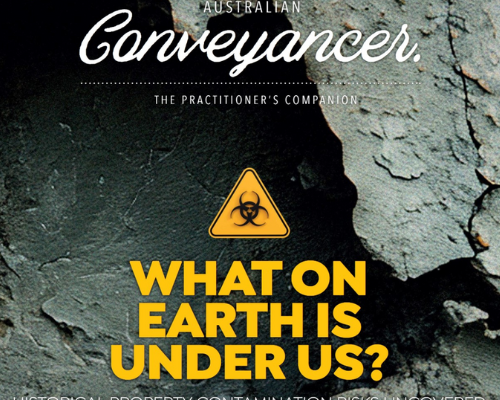How the country is managing the risk
Insurers have paid out more than $16 billion in claims related to natural disaster damage since 2019. But the industry’s peak bodies fears the situation will worsen in the future.
SINCE the 2019 Black Summer bushfires, insurers have paid out more than $16.8 billion in natural disaster claims with more than 302,000 claims – totalling $7.26 billion – lodged during 2022 alone, thanks mainly to The Great Deluge floods in NSW and Queensland.
While 2023 was a year of more “benign weather conditions”, Andrew Hall, the CEO and Executive Director of The Australian Insurance Council, warns that fewer recent catastrophic weather events “should not provide false hope that the issues of worsening extreme weather risk have gone away”.
Modelling by the Climate Council shows that 3.3% of homes in NSW will be “effectively uninsurable” by 2030 with the primary risk to most homes being riverine flooding.
The Climate Council has produced a Climate Risk Map of Australia providing a guide to climate change exacerbated hazards: riverine flooding, surface water flooding, coastal inundation, bushfires and extreme wind.
In its Insurance Catastrophe Resilience Report 2022-2023, the AIC cautions, “insurance affordability is only going to get worse if governments don’t act now before the impact of climate change on premiums is fully felt.”
With Australian insurers facing cost increases of up to 20 to 30 per cent in 2023, The AIC says insurance premiums continued to rise, due to high inflation; extreme domestic and offshore weather events; the growing cost of reinsurance; and scarcer capital making riskier activities more expensive to insure.
“Other than inflation, higher insurance premiums are being driven by higher risk,” notes the report, “so reducing pressure on premiums requires reducing risks which requires long-term planning and investment to better protect Australians and their assets.”
“We must continue to keep up our efforts to reduce risk in this country if we are to maintain the quality of life we so value,” says Andrew Hall.
As such, in 2024 the AIC intends to continue urging Federal, state and territory governments to:
- Increase investment in resilience and mitigation funding, as part of a 10-year rolling program with indexed funding to reduce risk.
- Prevent development of homes in high-risk locations and undertake home buy-backs where there is no viable way to protect against the risk.
- Improve building codes and support household-level resilience programs such as house raising and retrofitting to make buildings more resilient.




